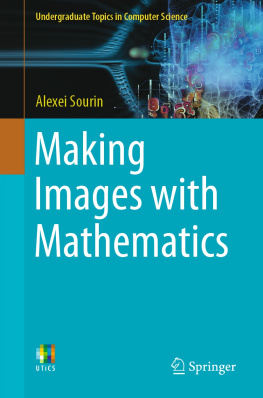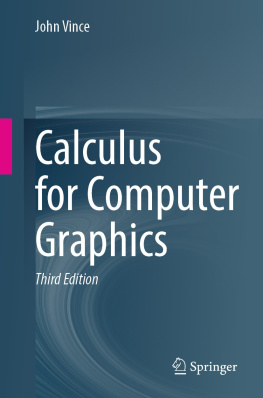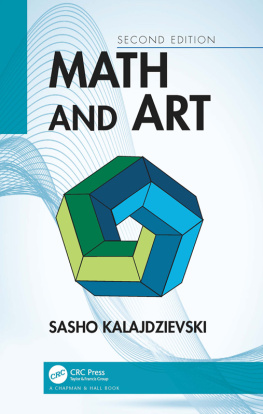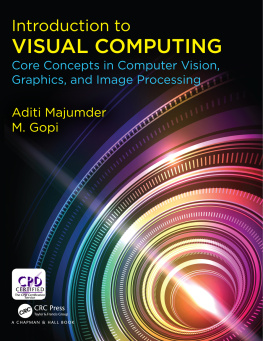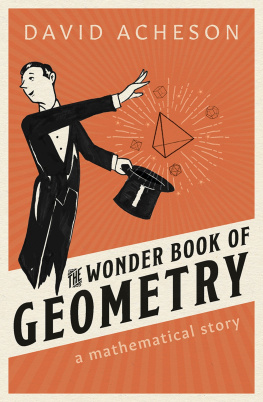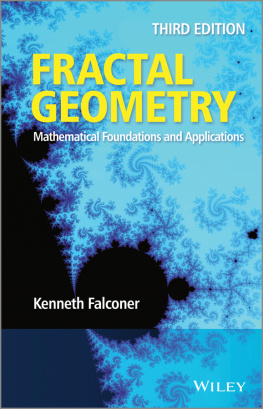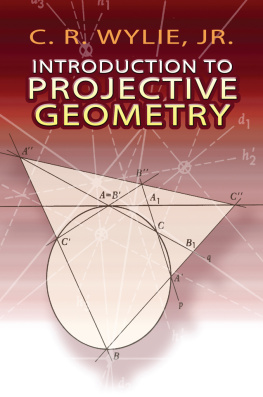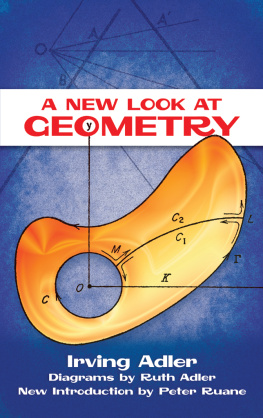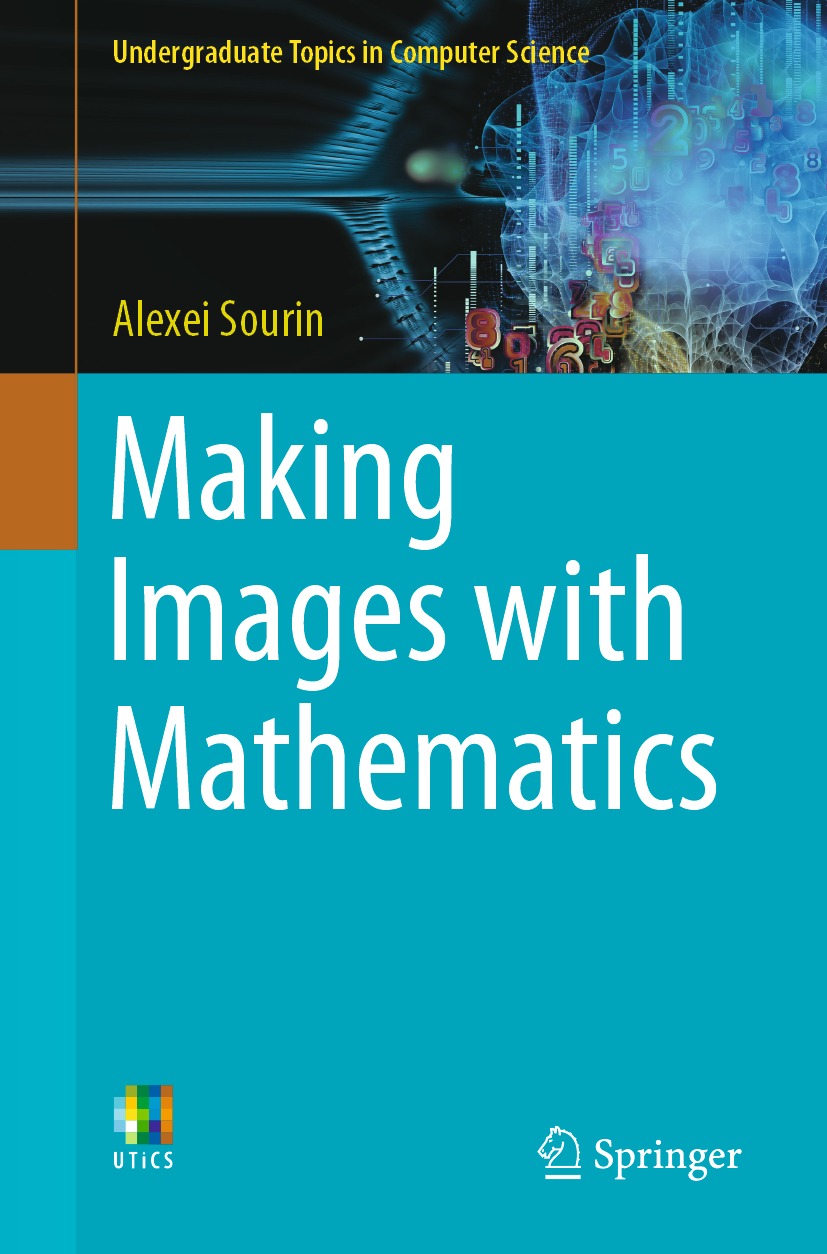Alexei Sourin - Making Images with Mathematics
Here you can read online Alexei Sourin - Making Images with Mathematics full text of the book (entire story) in english for free. Download pdf and epub, get meaning, cover and reviews about this ebook. year: 2021, publisher: Springer, genre: Home and family. Description of the work, (preface) as well as reviews are available. Best literature library LitArk.com created for fans of good reading and offers a wide selection of genres:
Romance novel
Science fiction
Adventure
Detective
Science
History
Home and family
Prose
Art
Politics
Computer
Non-fiction
Religion
Business
Children
Humor
Choose a favorite category and find really read worthwhile books. Enjoy immersion in the world of imagination, feel the emotions of the characters or learn something new for yourself, make an fascinating discovery.
- Book:Making Images with Mathematics
- Author:
- Publisher:Springer
- Genre:
- Year:2021
- Rating:4 / 5
- Favourites:Add to favourites
- Your mark:
Making Images with Mathematics: summary, description and annotation
We offer to read an annotation, description, summary or preface (depends on what the author of the book "Making Images with Mathematics" wrote himself). If you haven't found the necessary information about the book — write in the comments, we will try to find it.
This textbook teaches readers how to turn geometry into an image on a computer screen. This exciting journey begins in the schools of the ancient Greek philosophers, and describes the major events that changed peoples perception of geometry. The readers will learn how to see geometry and colors beyond simple mathematical formulas and how to represent geometric shapes, transformations and motions by digital sampling of various mathematical functions. Special multiplatform visualization software developed by the author will allow readers to explore the exciting world of visual immersive mathematics, and the book software repository will provide a starting point for their own sophisticated visualization applications.
Making Images with Mathematics serves as a self-contained text for a one-semester computer graphics and visualization course for computer science and engineering students, as well as a reference manual for researchers and developers.
Alexei Sourin: author's other books
Who wrote Making Images with Mathematics? Find out the surname, the name of the author of the book and a list of all author's works by series.

